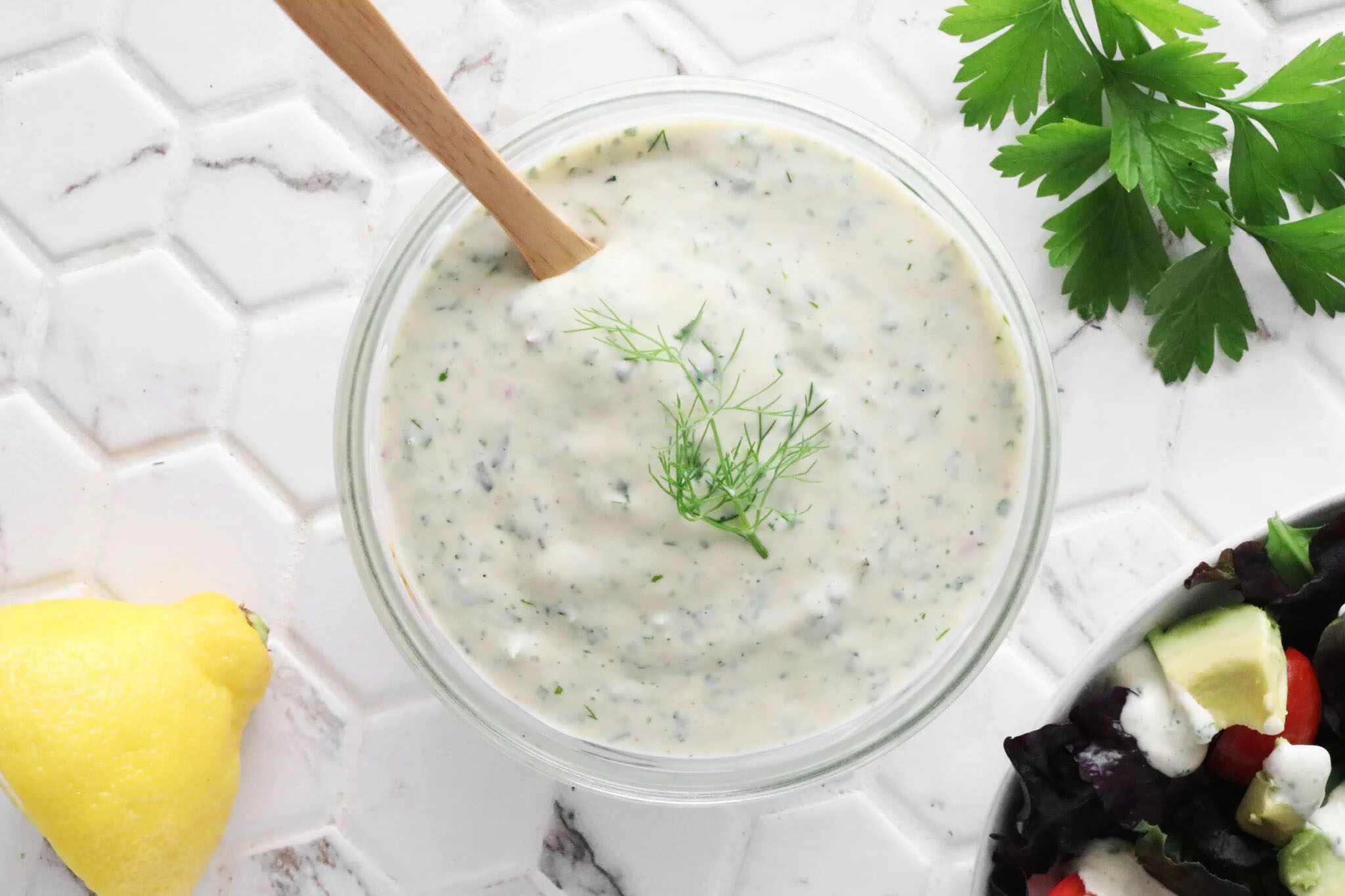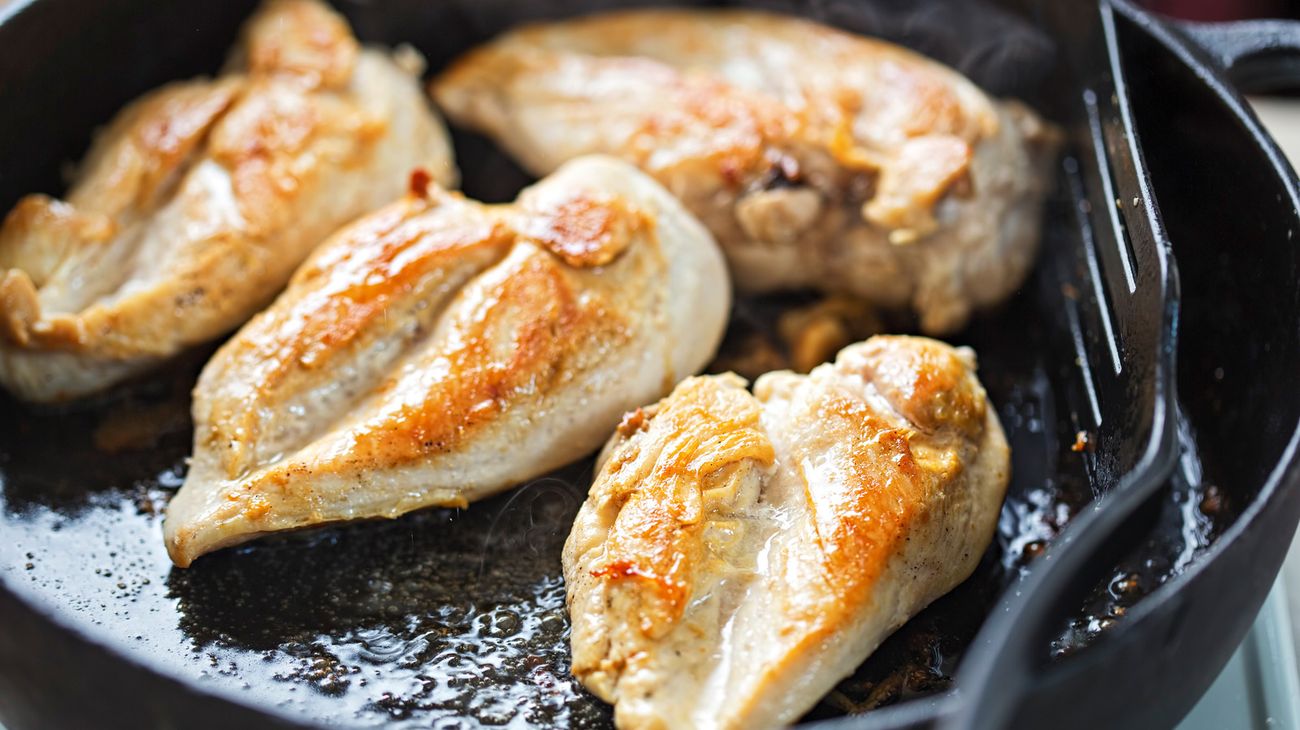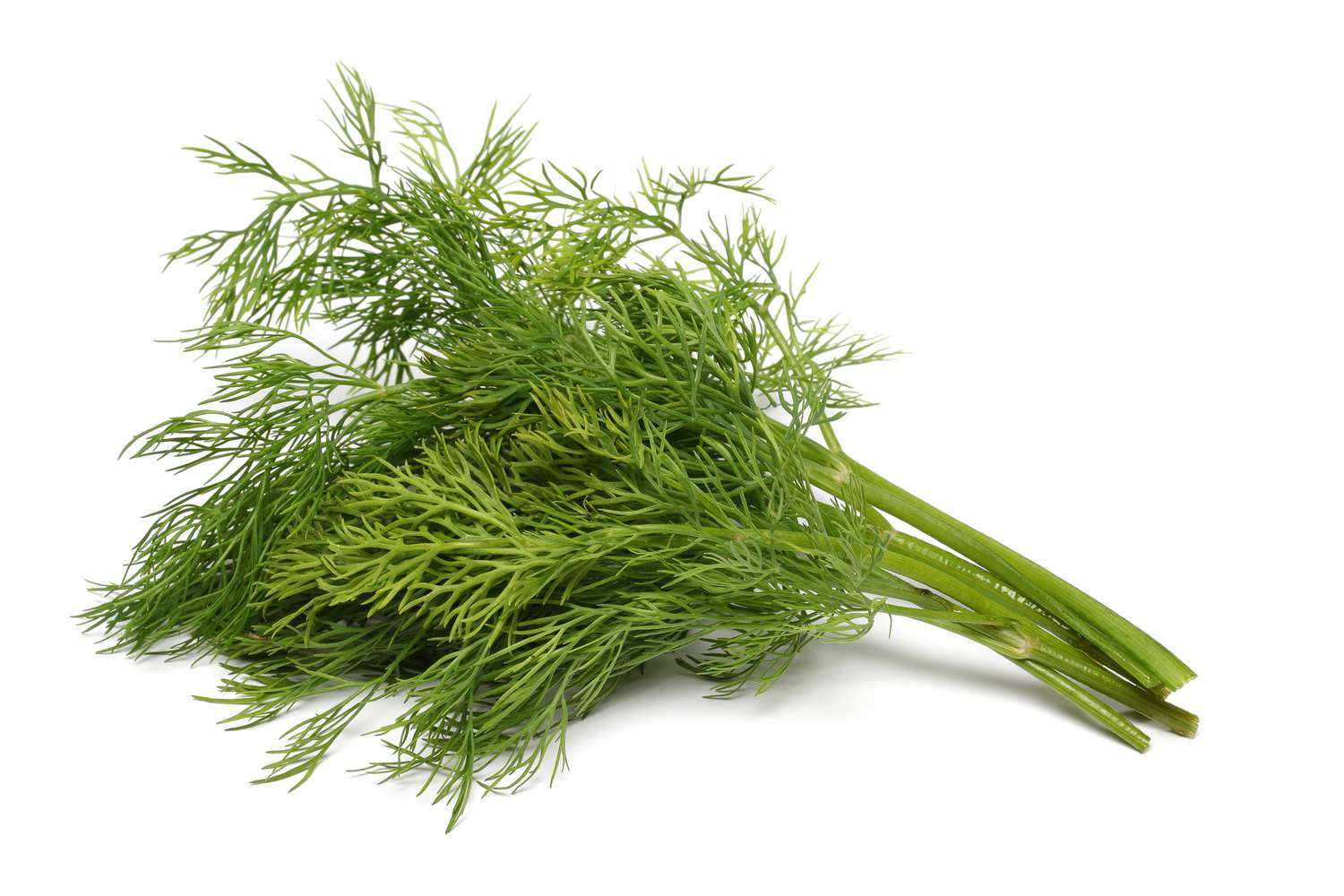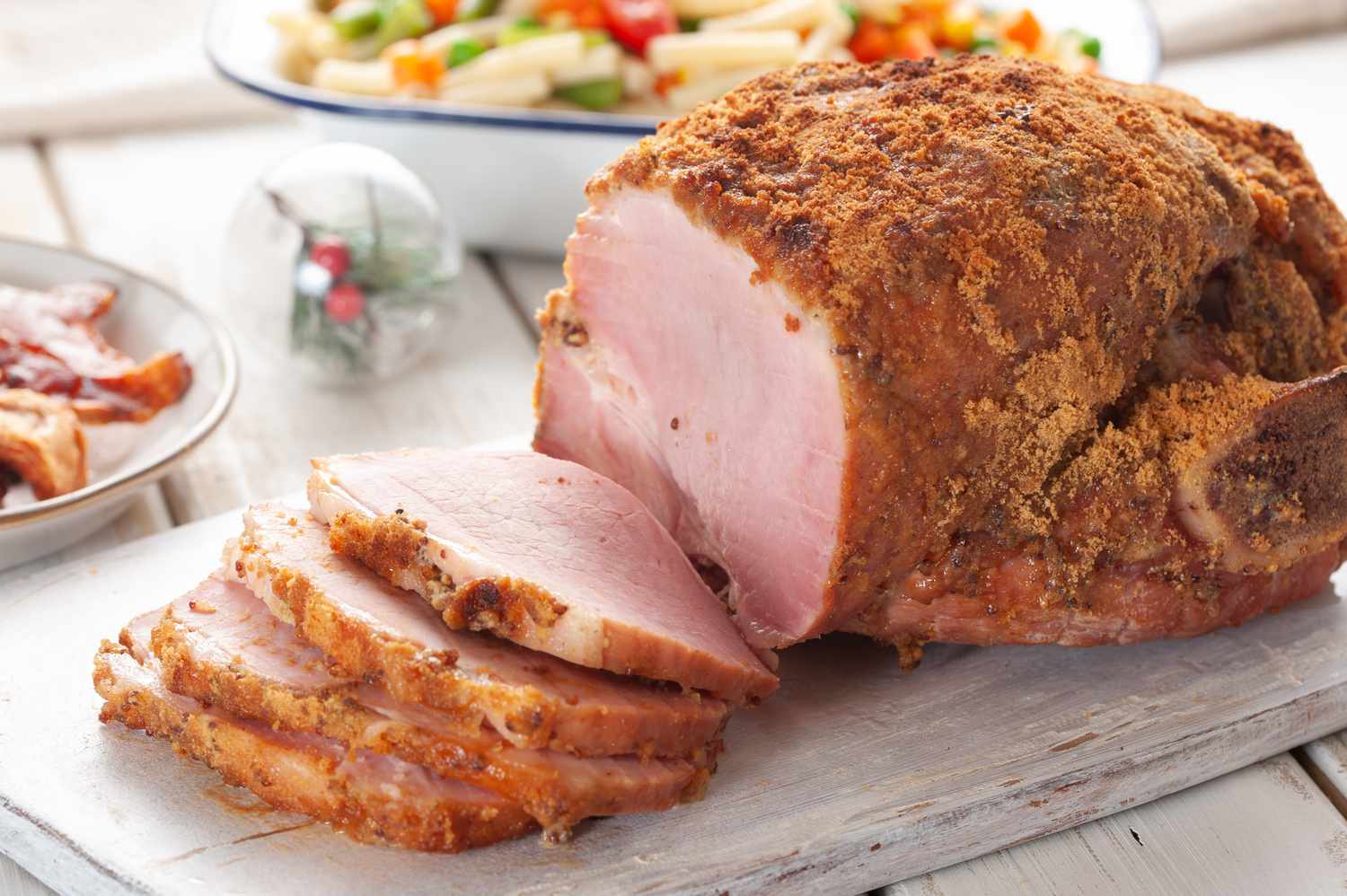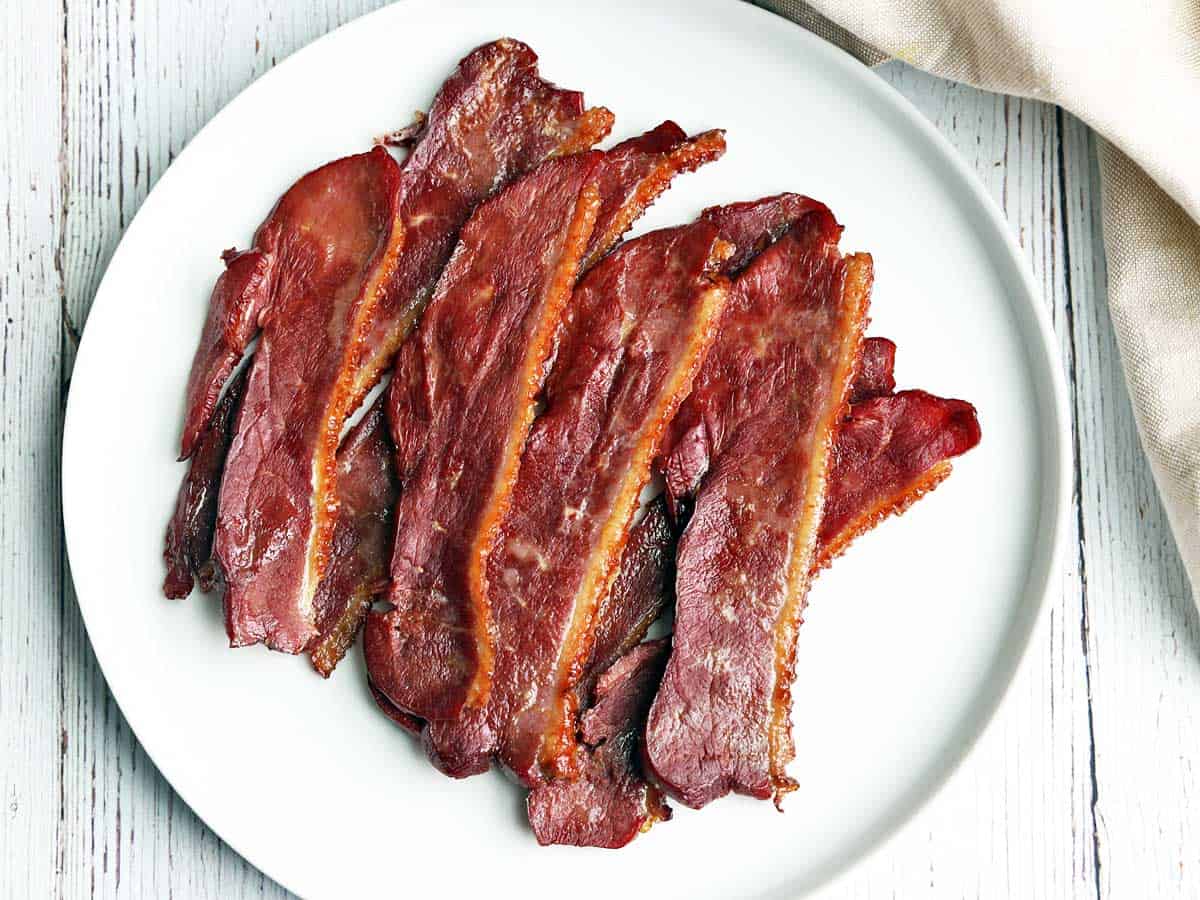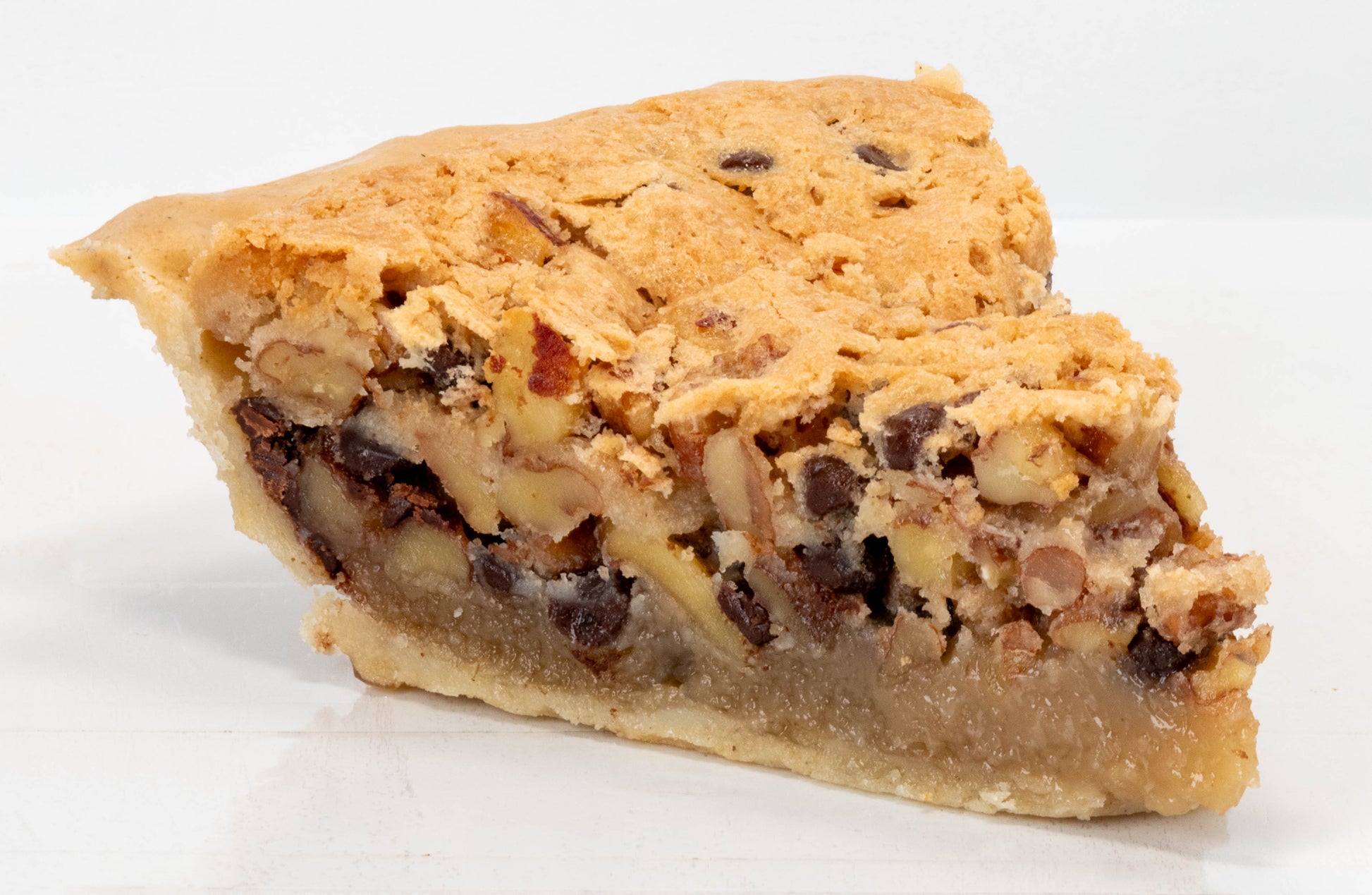Understanding the Versatile Kitchen Tool: The Food Mill
When it comes to preparing delicious and wholesome meals in the kitchen, having the right tools can make all the difference. One such tool that has been a staple in kitchens for generations is the food mill. This versatile kitchen gadget is a must-have for anyone who loves to cook and wants to take their culinary skills to the next level.
What is a Food Mill?
A food mill is a manual kitchen tool that is used to puree, mash, and sieve a variety of foods. It consists of a bowl with a perforated bottom and a crank handle that is used to push the food through the holes, separating the pulp from the seeds, skin, and fibers. The result is a smooth and uniform texture that is perfect for sauces, soups, and purees.
How Does a Food Mill Work?
Using a food mill is simple and straightforward. Here’s a basic overview of how it works:
- Place the food mill over a bowl or pot.
- Add the cooked or soft foods, such as tomatoes, potatoes, or berries, into the food mill.
- Turn the crank handle, which forces the food through the perforated bottom, while the unwanted parts are left behind.
- Collect the pureed food in the bowl or pot underneath the food mill.
One of the key advantages of using a food mill is that it allows you to process foods without the need for electricity, making it a great option for off-the-grid cooking or for those who prefer manual kitchen tools.
Benefits of Using a Food Mill
There are several benefits to using a food mill in the kitchen:
- Versatility: A food mill can be used to process a wide range of foods, from fruits and vegetables to cooked meats and even to make baby food.
- Consistency: It produces a smooth and uniform texture, making it ideal for creating silky sauces, creamy soups, and lump-free purees.
- Efficiency: The food mill can save time and effort by quickly processing large quantities of food with minimal mess.
- Easy to Clean: Most food mills are dishwasher safe and easy to disassemble for thorough cleaning.
Popular Uses for a Food Mill
There are countless ways to put a food mill to good use in the kitchen. Some popular uses include:
- Straining seeds and skins from tomatoes to make smooth tomato sauce.
- Mashing cooked potatoes to make creamy mashed potatoes.
- Pureeing fruits for making jams, jellies, or baby food.
- Removing seeds from berries to make fruit coulis or sauces.
- Processing cooked vegetables for making velvety soups and sauces.
Choosing the Right Food Mill
When selecting a food mill for your kitchen, consider the size, material, and the types of foods you plan to process. Look for a model with interchangeable discs to achieve different textures and a comfortable handle for easy cranking.
Whether you’re a seasoned chef or a home cook looking to elevate your culinary creations, a food mill is a valuable tool that can open up a world of possibilities in the kitchen. Its versatility, ease of use, and ability to produce consistently smooth textures make it a worthwhile investment for anyone who loves to cook.
So, the next time you’re in the kitchen and in need of a tool to help you achieve that perfect puree or silky sauce, consider reaching for a food mill. You’ll be amazed at the difference it can make in your cooking endeavors!
Was this page helpful?
Read Next: What Is Hearty Bread

